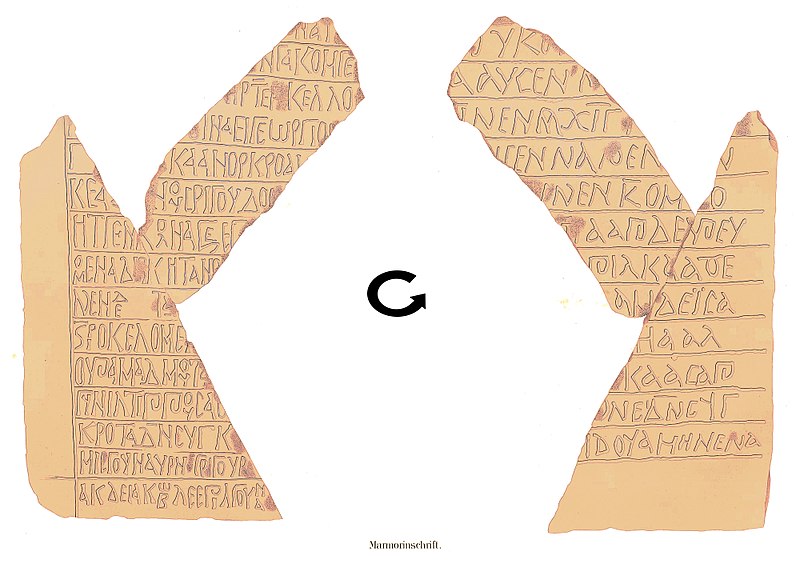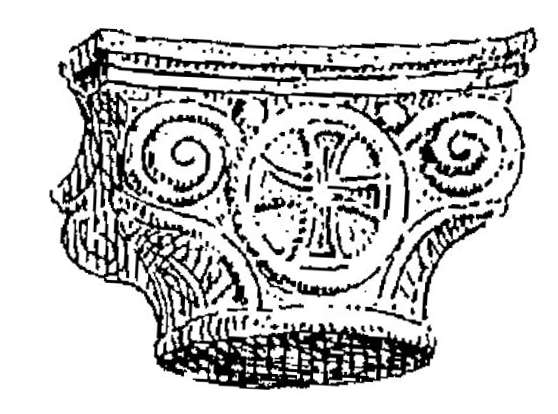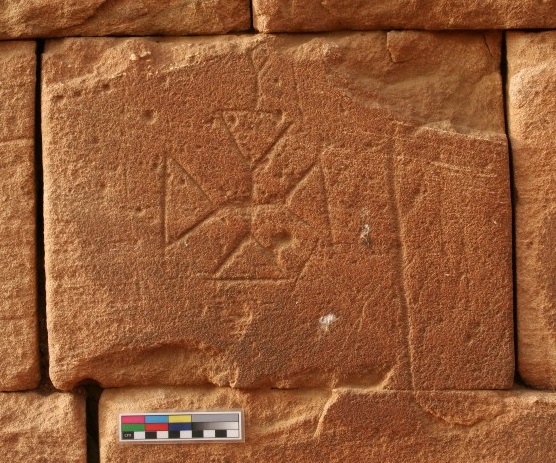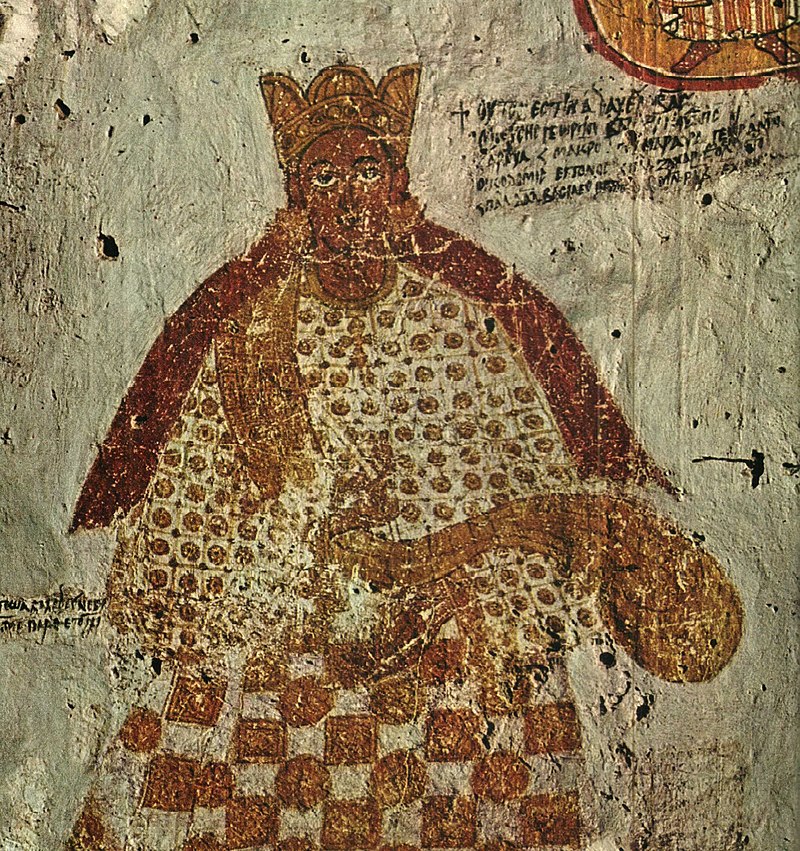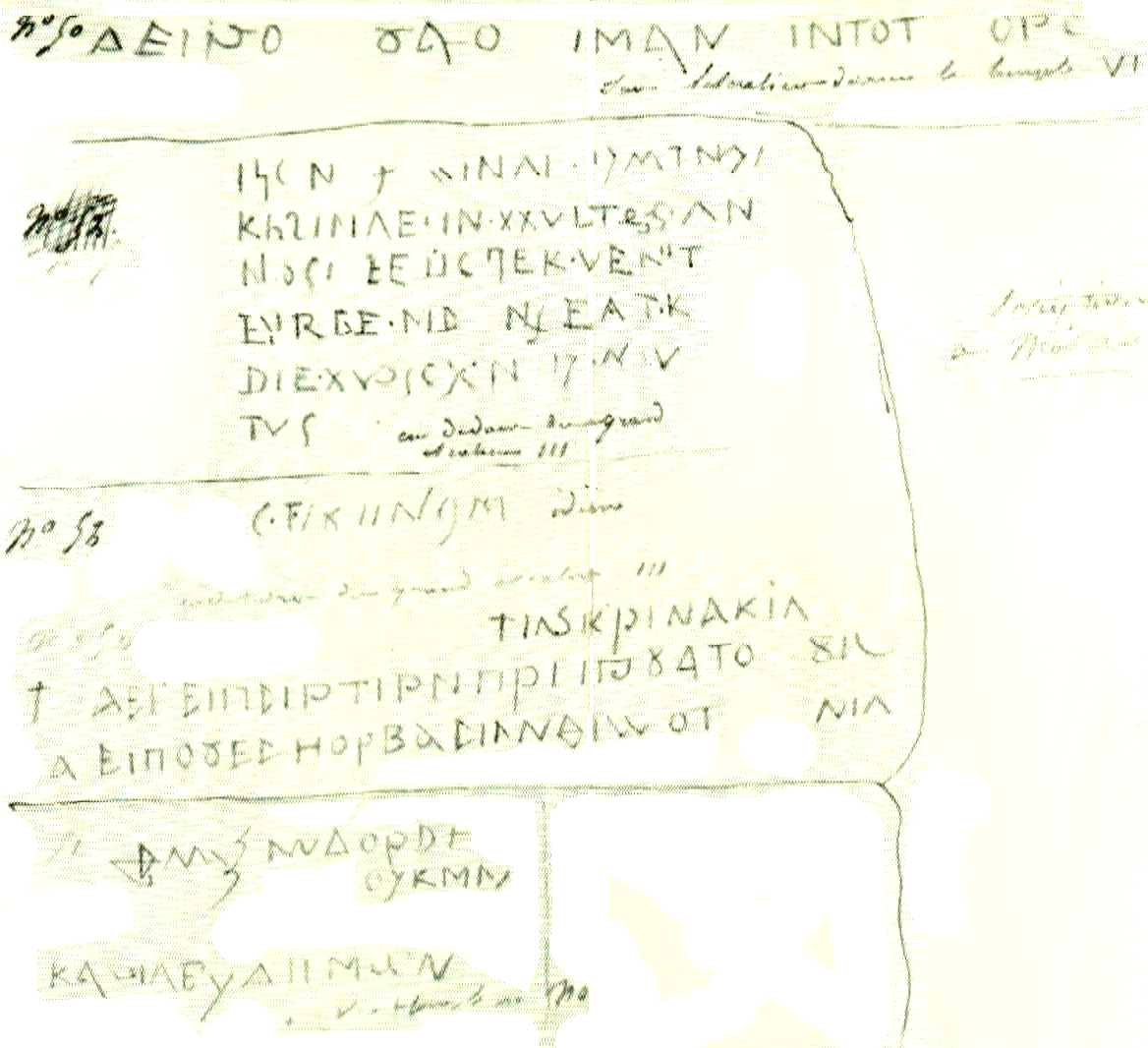Kingdom of Alodia
- Alodia (6th century–c. 1500) was a medieval Nubian kingdom, founded sometime after the ancient kingdom of Kush fell (around 350 AD), in what is now central and southern Sudan. Its capital was the city of Soba, located near modern-day Khartoum at the confluence of the Blue and White Nile rivers.
- Alodia is first mentioned in historical records in 569. It was the last of the three Nubian kingdoms to convert to Christianity in 580 following Nobadia and Makuria. It possibly reached its peak during the 9th–12th centuries when records show that it exceeded its northern neighbor, Makuria, with which it maintained close dynastic ties, in size, military power and economic prosperity.
- Alodia was a large, multicultural state administrated by a powerful king and provincial governors appointed by him. The capital Soba, described as a town of "extensive dwellings and churches full of gold and gardens", prospered as a trading hub. Goods arrived from Makuria, the Middle East, western Africa, India and even China. Literacy in both Nubian and Greek flourished.
- In the mid-10th century, Alodia was visited by traveler and historian Ibn Hawqal, resulting in the most comprehensive known account of the kingdom. He described the geography and people of Alodia in considerable detail, giving the impression of a large, polyethnic state. He also noted its prosperity, having an "uninterrupted chain of villages and a continuous strip of cultivated lands".
- Monumental structures, have been unearthed in the capital Soba. The discoveries include several churches, a palace, cemeteries and numerous small finds.
- State and church were intertwined in Alodia, with the Alodian kings probably serving as its patrons. Coptic documents observed by Johann Michael Vansleb during the later 17th century list the following bishoprics in the Alodian kingdom: Arodias, Borra, Gargara, Martin, Banazi, and Menkesa. Arodias might have referred to the bishopric in Soba. The bishops were dependent on the patriarch of Alexandria.
- Alodia may have had a standing army, in which cavalry likely projected force and symbolized royal authority deep into the provinces. Because of their speed, horses were also important for communication, providing a rapid courier service between the capital and the provinces. Aside from horses, boats also played a central role in transportation infrastructure.
- From the 12th, and especially the 13th century, Alodia was declining, possibly because of invasions from the south, droughts and a shift of trade routes. In the 14th century, the country might have been ravaged by the plague, while Arab tribes began to migrate into the Upper Nile valley. By around 1500 Soba had fallen to either Arabs or the Funj. This likely marked the end of Alodia, although some Sudanese oral traditions claimed that it survived in the form of the Kingdom of Fazughli within the Ethiopian-Sudanese borderlands. After the destruction of Soba, the Funj established the Sultanate of Sennar, ushering in a period of Islamization and Arabization.
Soba (city)
Soba is the former capital of the medieval Nubian kingdom of Alodia. E. A. Wallis Budge identified it with a group of ruins on the Blue Nile 19 kilometres (12 mi) from Khartoum, where there are remains of a Meroitic temple that had been converted into a Christian church.Ibn Selim el-Aswani described the city as large and wealthy, but he probably never visited it and modern archaeological investigations show it to have been a moderate centre. Built mainly of red brick, the abandoned city was plundered for building material when Khartoum was founded in 1821.
Musawwarat es-Sufra
Musawwarat es-Sufra (Arabic:المصورات الصفراء al-Musawwarāt as-sufrā, Meroitic: Aborepi, Old Egyptian: jbrp, jpbr-ˁnḫ), also known as Al-Musawarat Al-Sufra, is a large Meroitic temple complex in modern Sudan, dating back to the early Meroitic period of the 3rd century BC.
Faras
Faras (formerly Ancient Greek: Παχώρας, Pakhôras; Latin: Pachoras; Old Nubian: Ⲡⲁⲣⲁ, Para) was a major city in Lower Nubia. The site of the city, on the border between modern Egypt and Sudan at Wadi Halfa Salient, was flooded by Lake Nasser in the 1960s and is now permanently underwater. One of the most important discoveries from the Christian period was the town's cathedral. The cathedral had been completely filled with sand which preserved a large number of intricate paintings on its walls. These paintings are the best surviving examples of Christian Nubian art and depict portraits of various monarchs and bishops of Faras, Christian saints and a number of well-known Biblical scenes. These paintings were salvaged and are today on display in the Polish National Museum in Warsaw, and in Sudan National Museum in Khartoum. In addition, a major pottery works was found.
Fazogli
Fazogli (Arabic: فازوجلي), also known as Fazughli, Fazoghl or Fazokl, was a historical province in what is now the border region between Sudan and Ethiopia. It was established by the Funj after their conquest of the kingdom of Fazughli in 1685 and was continued under the Turkiyyah and the Anglo-Egyptian Sudan. It lay between the Blue Nile and the Sobat River, and included the mountains in the modern Asosa Zone of the Ethiopian Benishangul-Gumuz Region. The west slope of the hills drains the White Nile.
Funj Sultanate
The Funj Sultanate, also known as Funjistan, Sultanate of Sennar (after its capital Sennar) or Blue Sultanate due to the traditional Sudanese convention of referring to African peoples as blue (Arabic: السلطنة الزرقاء, translit. As-Saltana az-Zarqa) was a monarchy in what is now Sudan, northwestern Eritrea and western Ethiopia. Founded in 1504 by the Funj, it quickly converted to Islam, although this embracement was only nominal. Until a more orthodox Islam took hold in the 18th century the state remained an "African-Nubian empire with a Muslim facade". It reached its peak in the late 17th century, but began to decline and eventually fall apart in the 18th. In 1821 the last sultan, greatly reduced in power, surrendered to the Turko-Egyptian invasion without a fight.
This page uses materials from Wikipedia available in the references. It is released under the Creative Commons Attribution-Share-Alike License 3.0.
References